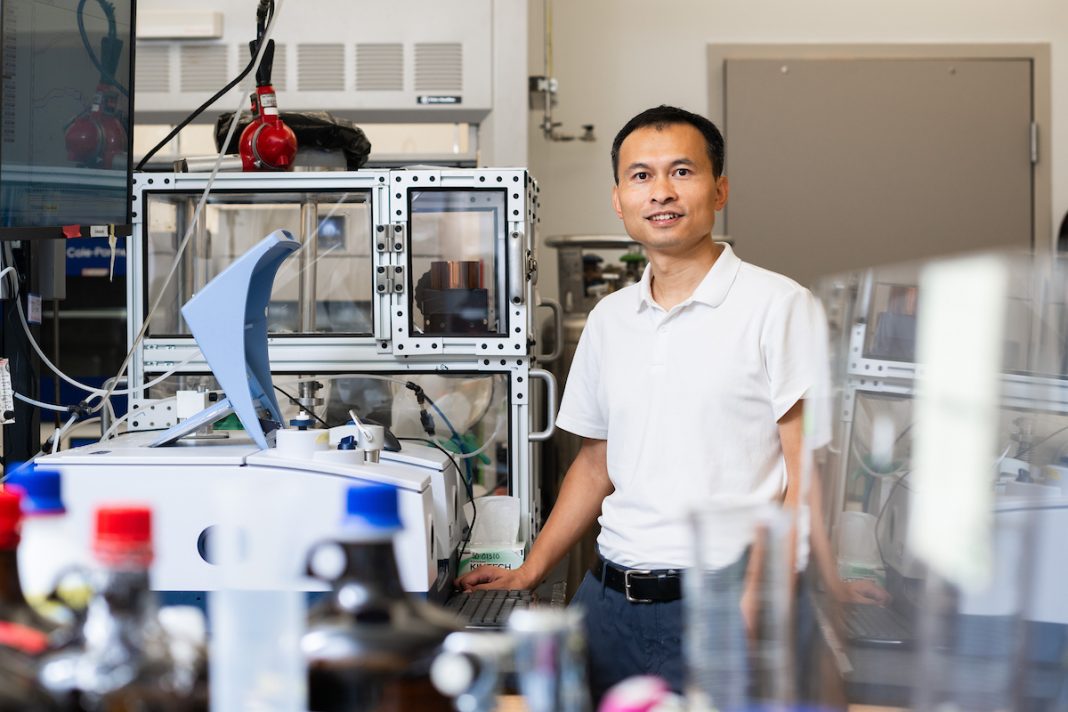A team from the University of North Texas (UNT) has made a significant contribution to the advancement of deep-blue LED technology, work that has been recognized by its publication in the prestigious journal, Nature. The collaboration between UNT and Rutgers University aimed to address and solve a scientific hurdle related to the efficiency of light-emitting diodes, or LEDs.
The challenge centered around detecting hydrogen bonds in a novel LED design, crucial for emitting blue light with record-setting efficiency. UNT research associate professor Kui Tan, a specialist in infrared spectroscopy, played an essential role in identifying these bonds. “They developed a novel technique that involves hydrogen bonds as a connection layer to perfectly couple different structures of LED device, but it’s extremely hard to prove the bonds are there,” said Tan.
Together with graduate student Kevin Antony Jesu Durai, Tan utilized Fourier Transform Infrared spectroscopy to detect the bonds. This technique, employed in Prof. Oliver Chyan’s lab, helped analyze the chemical makeup by measuring light absorption at various wavelengths. The efforts of Tan and Durai were crucial to the success and publication of the research.
“Because of confidentiality, I didn’t know what the components were at that time,” said Durai, highlighting the precision required in operating the instruments. Both Tan and Durai, who are credited as authors of the study, made significant contributions to the research.
Looking forward, Durai will focus on completing his doctoral research on copper interfaces for microelectronics and their corrosion resistance, while also interning with Tokyo Electron. Professor Tan, meanwhile, continues to explore hydrogen bonding applications and leads a separate project on removing contaminants from water, funded by the National Science Foundation.
“It’s important for students to see how we apply knowledge to approach and solve difficult problems,” Tan emphasized. His work not only enhances scientific research but also highlights the critical skills students develop at UNT.

